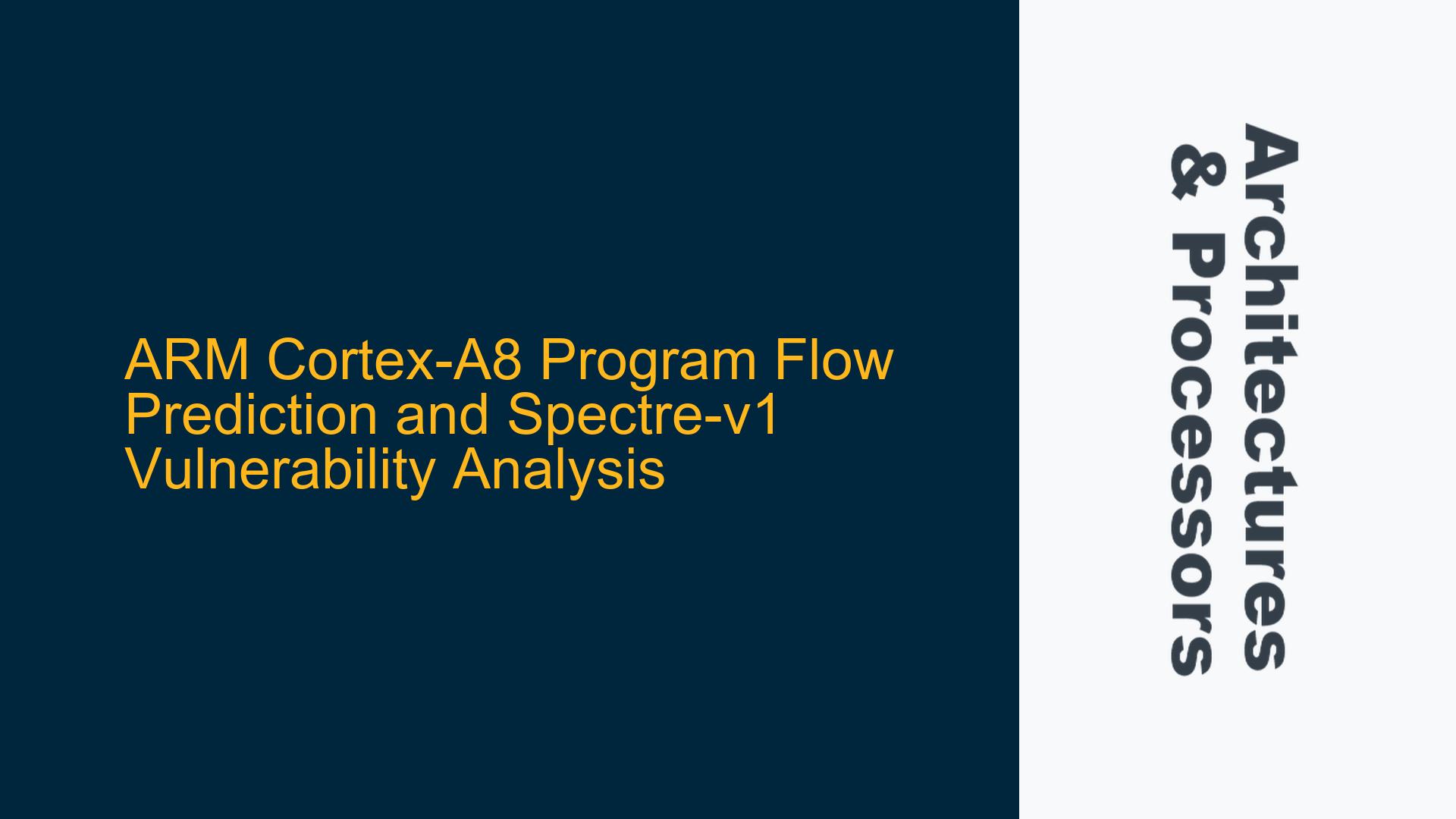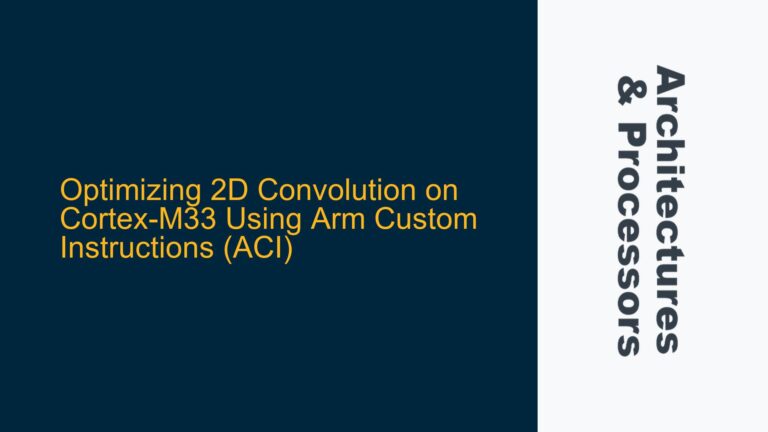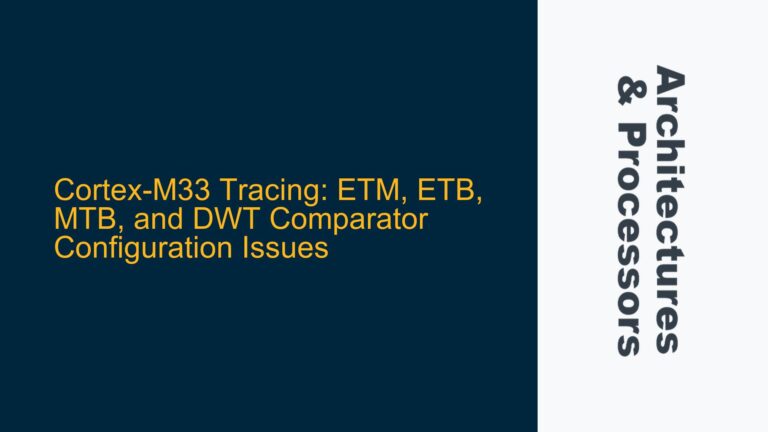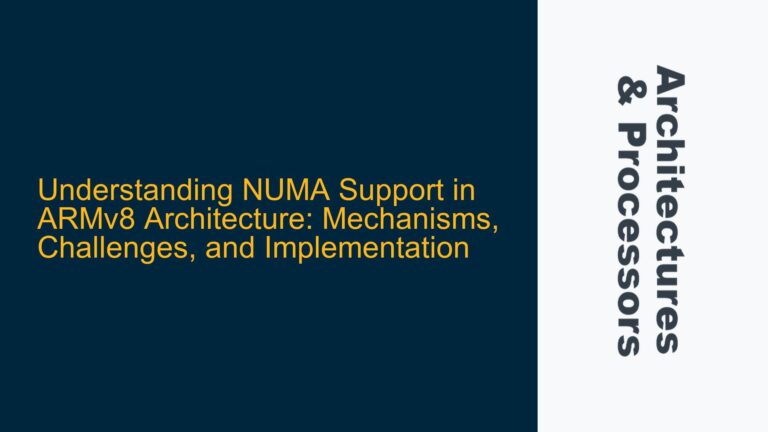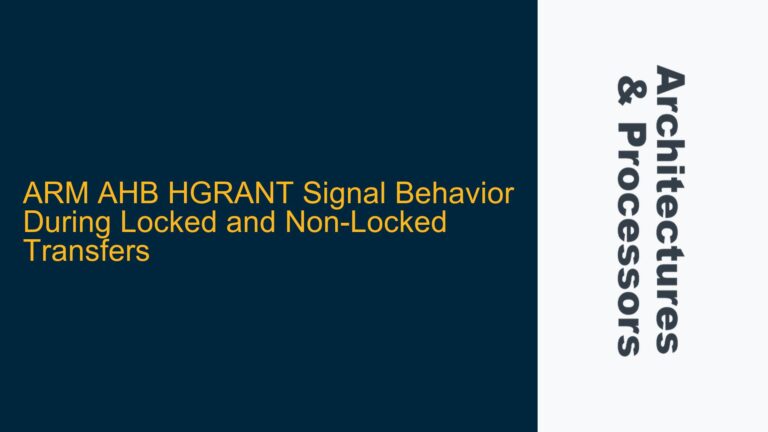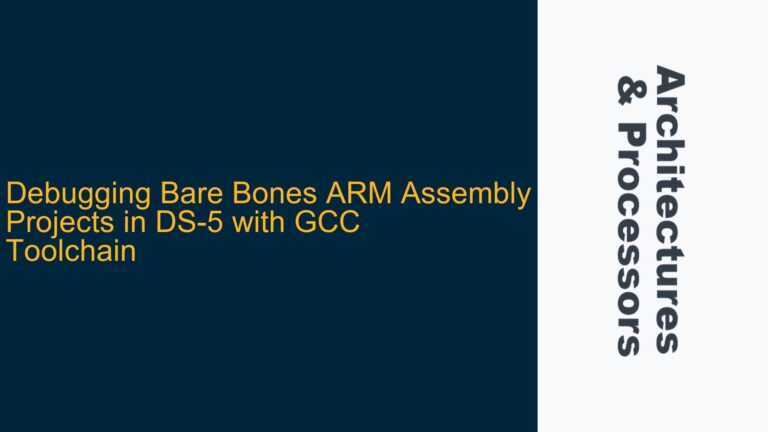ARM Cortex-A8 Branch Prediction Mechanism and Spectre-v1 Vulnerability
The ARM Cortex-A8 processor, like many modern CPUs, employs branch prediction to optimize instruction execution by predicting the outcome of conditional branches. This mechanism is critical for maintaining high performance in pipelined architectures, as it reduces pipeline stalls caused by branch instructions. However, this same mechanism can be exploited to create security vulnerabilities, such as the Spectre-v1 attack. Spectre-v1 leverages speculative execution, a side effect of branch prediction, to access memory locations that should be inaccessible under normal execution flow. This speculative access can leave traces in the cache, which can be measured to infer sensitive data.
In the provided code, the goal is to demonstrate the Spectre-v1 vulnerability on the ARM Cortex-A8 by training the branch predictor to speculatively access a memory location (SecretDispatcher[9 * 512]) even when the condition for accessing it is false. The expectation is that the speculative execution will load this memory location into the cache, making it faster to access in subsequent measurements. However, the observed behavior suggests that the speculative access is not occurring as expected, raising questions about the Cortex-A8’s branch prediction behavior and cache management.
Misconfigured Branch Prediction Training and Cache Eviction
One of the primary reasons the speculative access might not be occurring as expected is improper training of the branch predictor or insufficient cache eviction. The Cortex-A8’s branch predictor relies on historical branch behavior to make predictions. If the training phase (the first 8 iterations of the if statement) does not sufficiently train the predictor, the processor may not speculatively execute the branch in the 9th iteration. Additionally, if the SecretDispatcher array or the counter variable is not properly evicted from the cache, the speculative access might not leave a measurable trace.
The Cortex-A8 uses a global history buffer (GHB) for branch prediction, which tracks the outcomes of recent branches. If the training phase does not create a strong pattern in the GHB, the predictor may not confidently speculate on the 9th iteration. Furthermore, the Cortex-A8’s cache architecture includes separate instruction and data caches, and improper cache management can lead to unexpected behavior. For example, if the SecretDispatcher array is not fully evicted from the data cache, the speculative access might not trigger a cache miss, making it difficult to measure the access time difference.
Another potential issue is the timing of cache eviction and branch prediction. The Cortex-A8’s pipeline includes multiple stages, and the interaction between cache operations and branch prediction can be complex. If the cache eviction occurs too early or too late relative to the branch prediction, the speculative access might not align with the intended behavior. This misalignment can result in the speculative access being aborted before it completes, preventing the target memory location from being loaded into the cache.
Enabling and Validating Speculative Execution on Cortex-A8
To ensure that the Cortex-A8’s branch predictor is properly trained and that speculative execution occurs as expected, several steps must be taken. First, the training phase must be carefully designed to create a strong pattern in the branch predictor’s history buffer. This can be achieved by ensuring that the first 8 iterations of the if statement consistently follow the same branch path. Additionally, the training phase should include sufficient variability in the branch addresses to avoid aliasing in the predictor’s history buffer.
Second, the cache eviction process must be thorough and precise. The SecretDispatcher array and the counter variable should be evicted from the cache using appropriate techniques, such as accessing a large buffer to flush the cache or using cache control instructions like DCISW (Data Cache Invalidate by Set/Way). The timing of the cache eviction should also be carefully controlled to ensure that it occurs just before the speculative access is expected.
Third, the speculative access must be validated by measuring the access time to the target memory location (SecretDispatcher[9 * 512]). This can be done using high-resolution timers or performance counters to detect the difference in access time between a cache hit and a cache miss. If the speculative access is successful, the target memory location should be in the cache, resulting in a faster access time. If the speculative access fails, the target memory location will not be in the cache, resulting in a slower access time.
Finally, it is important to consider the Cortex-A8’s specific implementation details, such as its pipeline depth and cache hierarchy. These details can affect the timing and behavior of speculative execution and cache operations. For example, the Cortex-A8’s pipeline includes a fetch stage, a decode stage, and an execute stage, and the interaction between these stages can influence the outcome of speculative execution. Understanding these details can help in designing experiments that accurately demonstrate the Spectre-v1 vulnerability on the Cortex-A8.
In conclusion, the ARM Cortex-A8’s branch prediction mechanism and cache architecture play a critical role in enabling and validating speculative execution. Proper training of the branch predictor, precise cache eviction, and careful measurement of access times are essential for demonstrating the Spectre-v1 vulnerability on this processor. By following these steps and considering the Cortex-A8’s specific implementation details, it is possible to successfully replicate the Spectre-v1 attack and gain insights into the processor’s behavior.
